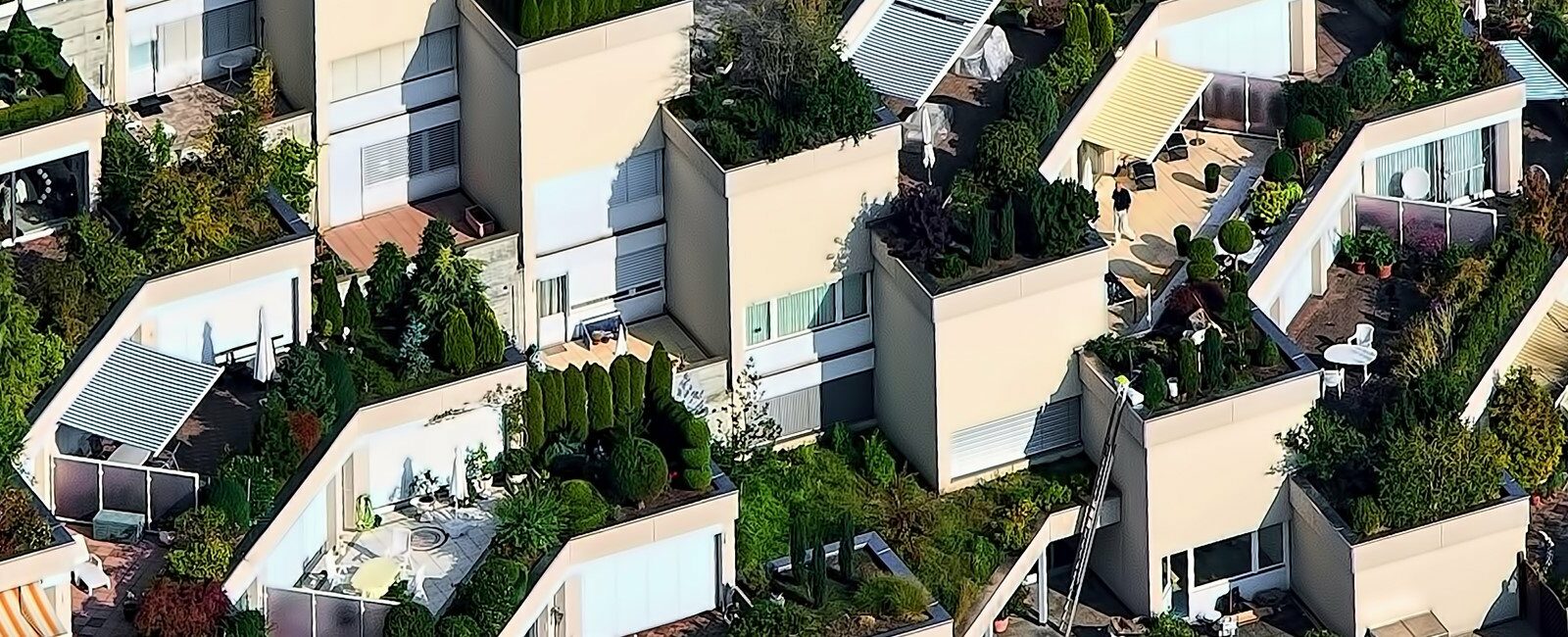Green infrastructure is a network of multi-functional green space and other green features, urban and rural, which can deliver quality of life and environmental benefits for communities.
Green infrastructure is not simply an alternative description for conventional open space. It includes parks, open spaces, playing fields, woodlands – and also street trees, allotments, private gardens, green roofs and walls, sustainable drainage systems (SuDS) and soils. It includes rivers, streams, canals and other water bodies, sometimes called ‘blue infrastructure’.
Key features:
The key features of green infrastructure are that it is a network of integrated spaces and features, not just individual elements; and that it is ‘multi-functional’ – it provides multiple benefits simultaneously.
These can be to:
- support people’s mental and physical health
- encourage active travel
- cool urban areas during heat waves
- attract investment
- reduce water run-off during flash flooding
- carbon storage
- provide sustainable drainage
The extent to which green infrastructure provides these benefits depends on how it is designed and maintained, and the maturity and health of the elements (such as trees) that form it.
To read one of our planning guides for working with green infrastructure, click here.

